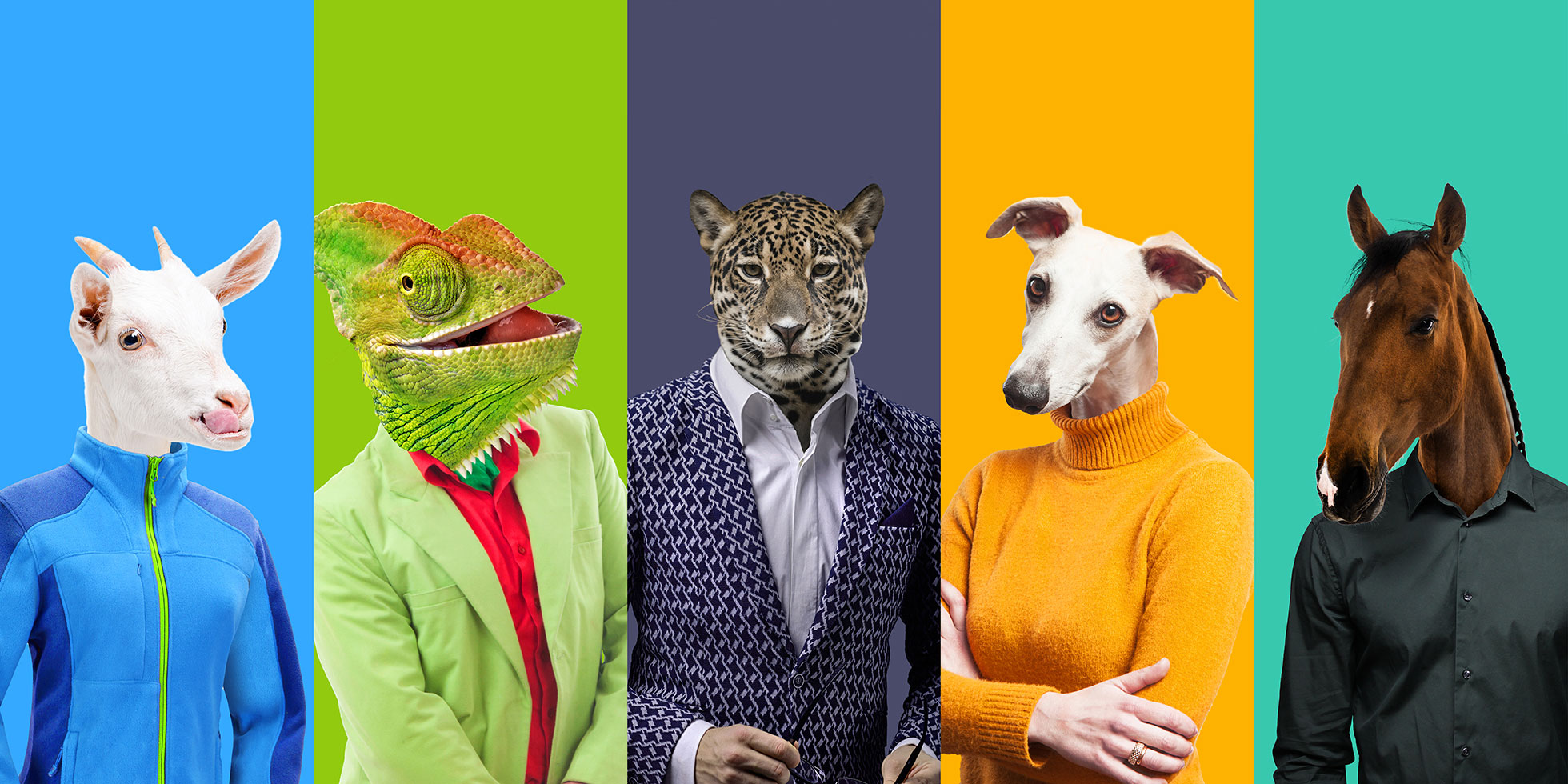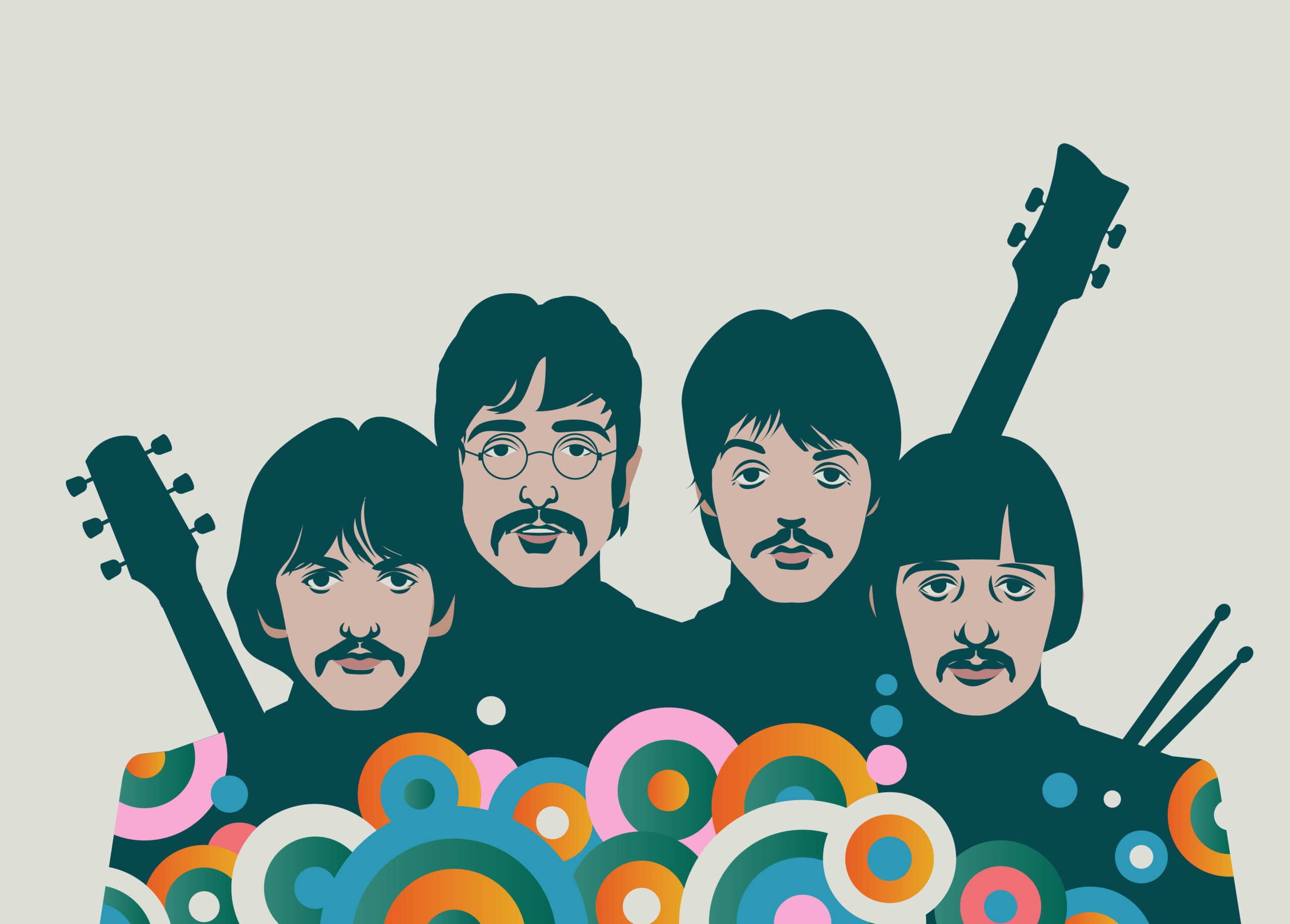Which personality type are you?

Brands use personality traits to offer reassurance and attract like-minded people. Read how designers and businesses use brand archetypes to define personality traits and inform decisions.
Designers get paid to make choices. Some choices are simple. Which colour way? at what scale? Where is the emphasis? Others are about investment. What kind of photography? Do we need to involve an illustrator or a typographer? We also consider language and tone of voice. We’ll recommend channels and tactics. We’ll take risks, try new things, like technology or disruptive ideas.
To guide decision-making, we look to the brand. What feels appropriate and credible. What is the expectation, how do we connect with a new audience without losing touch with advocates?
There are different kinds of brand models available, pyramids, keys, pillars, etc. I like to work with the three Ps: Purpose, Promise and Personality. Others expand on this with Principles and Proposition, but if we want the brand to act as a shorthand it needs to be kept simple. Some models will need to flex for different audiences or carry a heritage story. A useful platform for any product, service or organisation should be easy to recall and consistently built into every touch point.
OK, so far so good. This all sounds logical. The difficulties come in finding a focus and giving people the confidence to believe in something simple. Design thinking can help by developing options, visualising a future state, testing with audiences and iterating on a solution.
Brand personality is different to the other Ps. It’s less rational and has grey areas. It needs to feel right, like a well-rounded character in a book or film.
Brands use personality traits to offer reassurance and attract like-minded folks. These defining traits are what makes something human and relatable.
Brands would love to be all things to all people. Unfortunately, that approach leads to appearing like wallpaper, just another example, an also-ran. Communicating too many signals or aping other brands won’t get you noticed. Consumers want to be guided, they’re looking for the points of difference that will influence their decisions.
Think about how people act and behave, their values and attitude. Consider how an individual translates their personality into an identity; the colours they wear, the language they use, the things they carry with them. These are all clues to beliefs and how they want to be seen by others.
Brand archetypes
Usage of archetypes in specific pieces of writing is a holistic approach, which can help the writing win universal acceptance. This is because readers can relate to and identify with the characters and the situation, both socially and culturally. By deploying common archetypes contextually, a writer aims to impart realism to their work. According to many literary critics, archetypes have a standard and recurring depiction in a particular human culture and/or the whole human race that ultimately lays concrete pillars and can shape the whole structure in a literary work.
The concept of psychological archetypes was advanced by the Swiss psychiatrist Carl Jung, c.1919. In Jung’s psychological framework, archetypes are innate, universal prototypes for ideas and may be used to interpret observations. Later in the 1900s, a Viennese psychologist named Dr Ernest Dichter took these psychological constructs and applied them to marketing.
There are 12 recognised Brand Archetypes grouped into four areas:
- Discovery/Knowledge:The Innocent, The Explorer, The Sage
- Vision/Structure:The Creator, The Ruler, The Hero
- Belonging/Care:The Lover, The Regular Guy, The Nurturer
- Change/Risk:The Outlaw, The Magician, The Jester.
Here’s a short description of each, including how they can be used to create a marketing niche, and examples of brands which embody that archetype.

The Innocent
Goal: To be happy
Traits: Strives to be good, is pure, young, optimistic, simple, moral, romantic, loyal
Drawback: Could be naïve or boring
Marketing niche: Companies with strong values, seen as trustworthy, reliable and honest, associated with morality, good virtues, simplicity, can be nostalgic
Example: Dove soap or Innocent drinks

The Regular Guy or Gal
Goal: To belong, or connect with others
Traits: Down to earth, supportive, faithful, folksy, person next door, connects with others
Drawback: Could lack a distinctive identity and blend in too much
Marketing niche: Common touch, solid virtues, gives a sense of belonging
Example: Ronseal or eBay

The Hero
Goal: Help to improve the world
Traits: Courageous, bold, honourable, strong, confident, inspirational
Drawback: Could be arrogant or aloof
Marketing niche: Make a positive mark on the world, solve major problems or enable/inspire others to do so
Example: Nike or BMW

The Outlaw
Goal: Break the rules and fight authority
Traits: Rebellious, iconoclastic, wild, paving the way for change
Drawback: Could take it too far and be seen in a negative way
Marketing niche: Agent of change, advocate for the disenfranchised, allow people to vent or break with conventions
Example: Harley-Davidson or Virgin

The Explorer
Goal: Finds fulfilment through discovery and new experiences
Traits: Restless, adventurous, ambitious, individualistic, independent, pioneering
Drawback: Might not fit into the mainstream
Marketing niche: Exciting, risk-taking, authentic
Example: Land Rover or Red Bull

The Creator
Goal: Create something with meaning and enduring value
Traits: Creative, imaginative, artistic, inventive, entrepreneur, non-conformist
Drawback: Could be a perfectionistic or impractical
Marketing niche: Visionary, help customers express or create, and foster their imagination
Example: Lego or Sony

The Ruler
Goal: Control, create order from chaos
Traits: Leader, responsible, organised, role model, administrator
Drawback: Could lack a common connection, or be too authoritative or controlling
Marketing niche: Help people become more organised, restore order, create more stability and security in a chaotic world
Example: Microsoft or Mercedes-Benz

The Magician
Goal: Make dreams come true, create something special
Traits: Visionary, charismatic, imaginative, idealistic, spiritual
Drawback: Could take risks that lead to bad outcomes
Marketing niche: Help people transform their world, inspire change, expand consciousness
Example: Disney or Apple

The Lover
Goal: Create intimacy, inspire love
Traits: Passionate, sensual, intimate, romantic, warm, committed, idealistic
Drawback: Could be too selfless or not grounded enough
Marketing niche: Help people feel appreciated, belong, connect, enjoy intimacy, build relationships
Example: Victoria’s Secret or Häagen-Dazs

The Caregiver
Goal: To care for and protect others
Traits: Caring, maternal, nurturing, selfless, generous, compassionate
Drawback: Being taken advantage of, taken for granted, or exploited
Marketing niche: Help people care for themselves, serve the public through health care, education or aid programmes
Example: Johnson & Johnson or Volvo

The Jester
Goal: To bring joy to the world
Traits: Fun, sense of humour, light-hearted, mischievous, irreverent
Drawback: Could be seen as frivolous or disrespectful
Marketing niche: Help people have a good time or enjoy what they are doing, allow people to be more impulsive and spontaneous
Example: Skittles or Old Spice

The Sage
Goal: To help the world gain wisdom and insight
Traits: Knowledgeable, trusted source of information, wisdom and intelligence, thoughtful, analytical, mentor, guru, advisor
Drawback: Could be overly contemplative or too opinionated
Marketing niche: Help people to better understand the world, provide practical information and analysis
Example: BBC or Google
How to choose a brand archetype
Agreeing on a single archetype can be difficult. Often there is a split in opinion, a lack of focus or an attempt to own too much. However, the brand identities that are distinct and memorable keep their branding simple. Single-minded and uncomplicated.
To help designers make better choices and guide decisions we need a strong brand platform; a clear sense of Purpose, an understanding of the Promise and an attractive Personality.





